Info
Subfamily: Chloridoideae
Genus etymology: Eragrostis = "love grass" [Greek] unclear origin, other etymologies such as "early grass" or "very grass" have also been speculated
Species etymology: pilosa = "pilose" [Latin] refering to the hairs found at the collars and base of the inflorescenc branches
Photosynthetic type: C4 (warm season)
Nativity: naturalized - accidental
First recorded in Hawaiʻi: 1937
Map
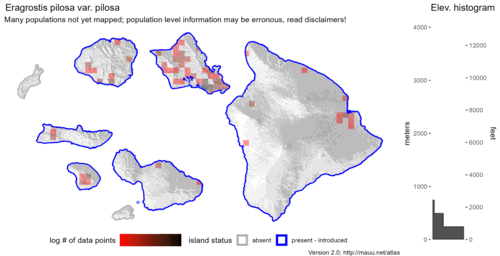

Inflorescence
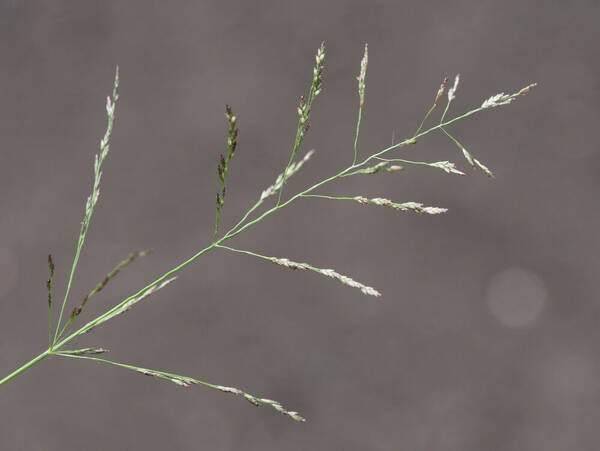
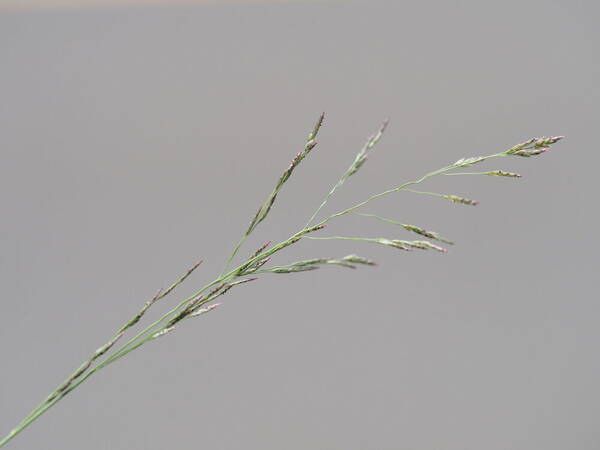
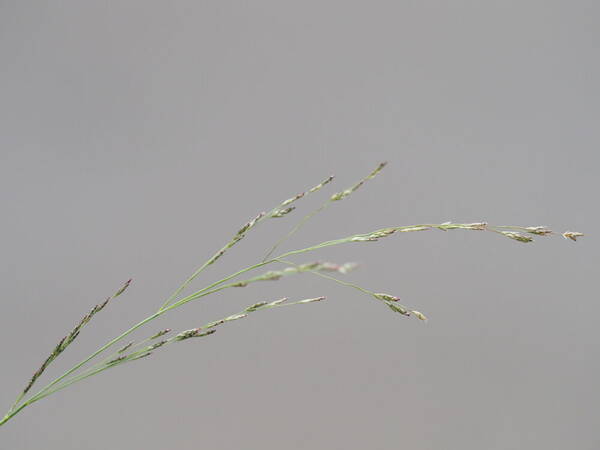
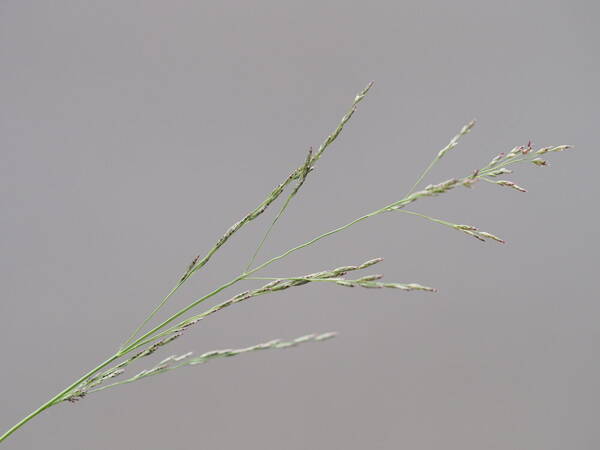
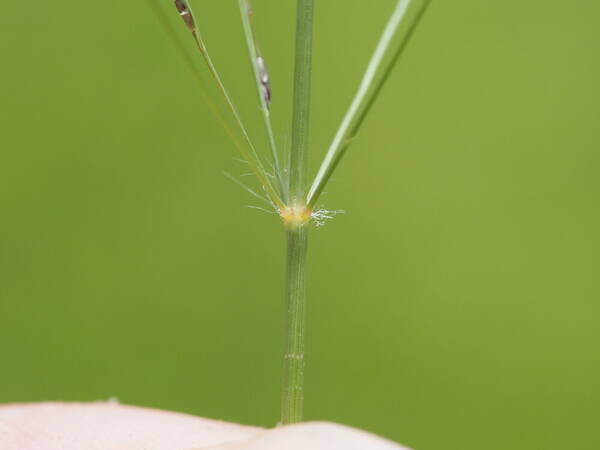
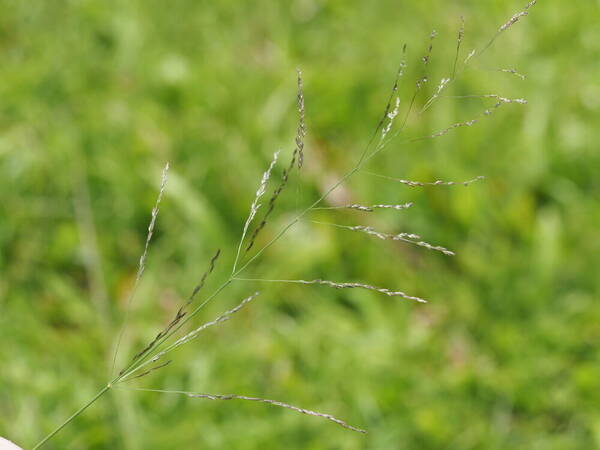
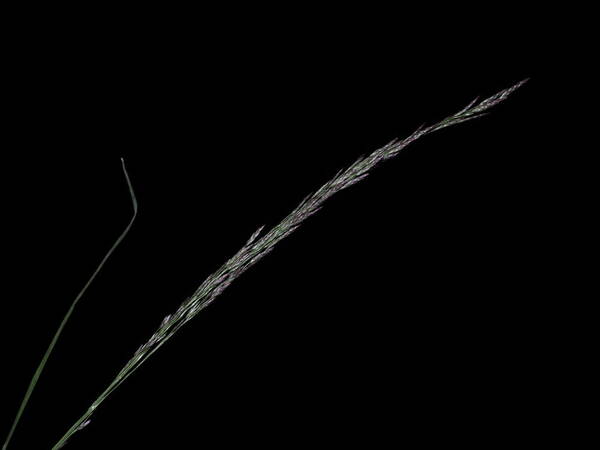
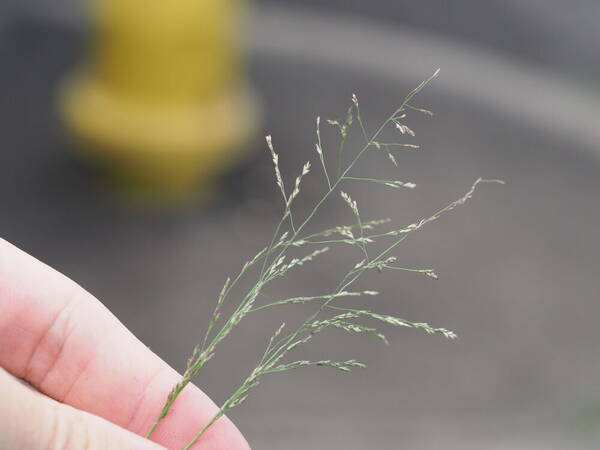
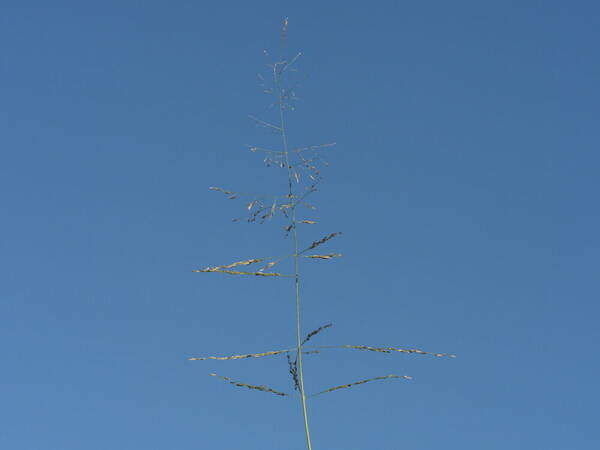
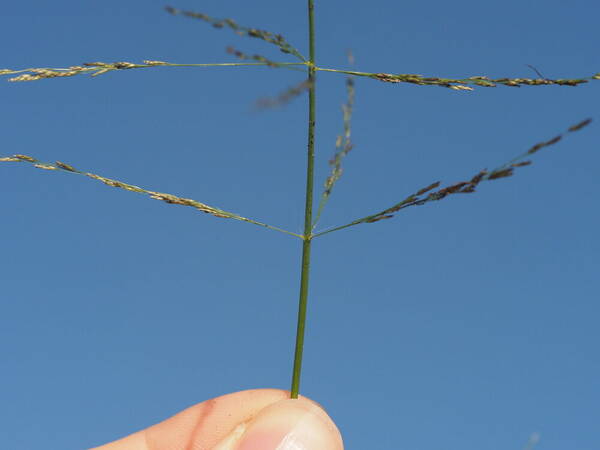
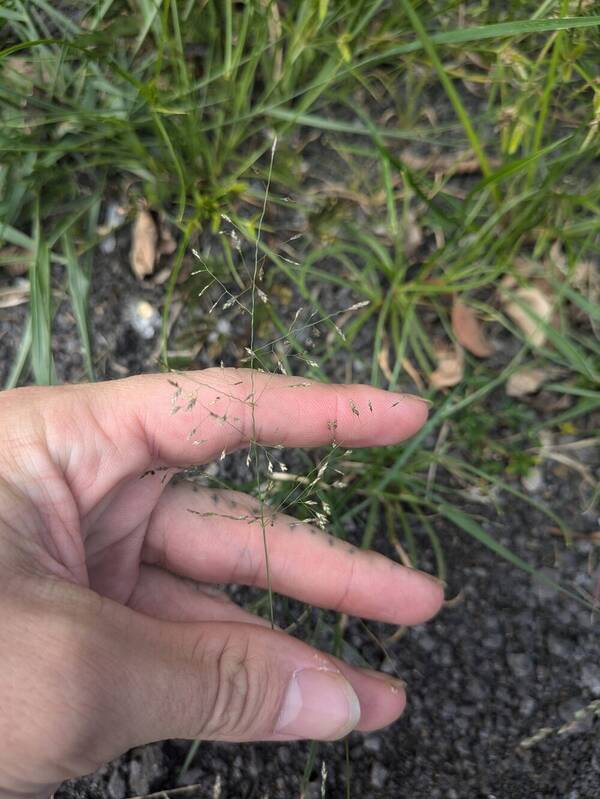
Plant
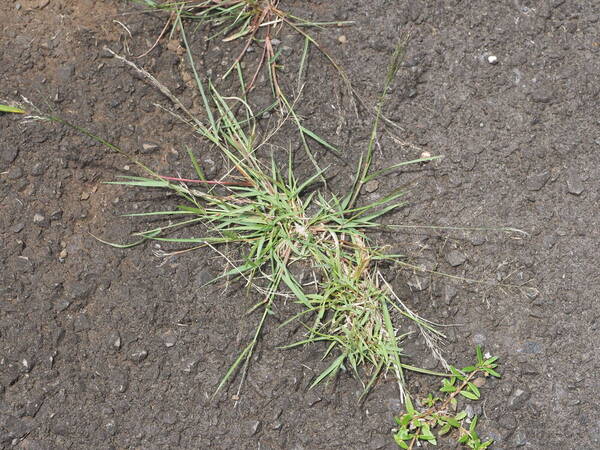
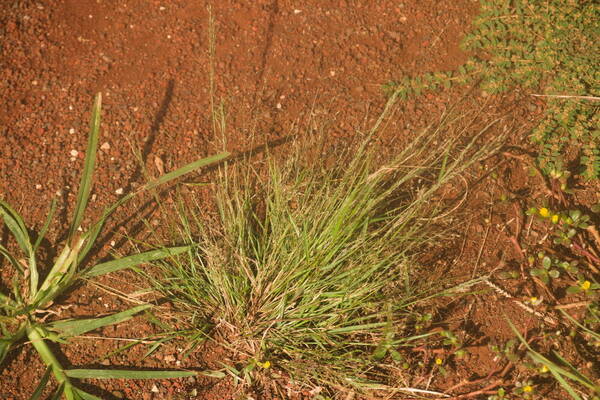
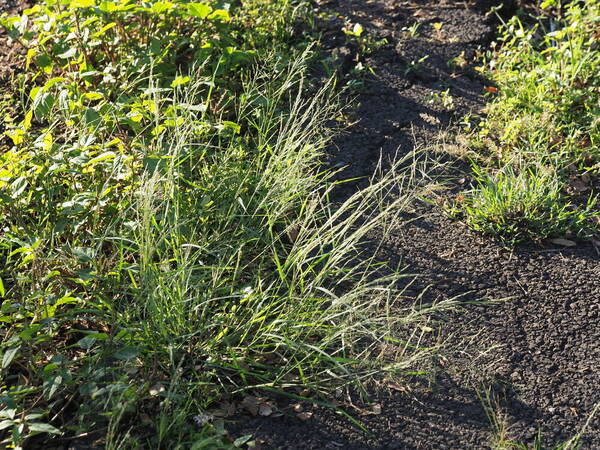
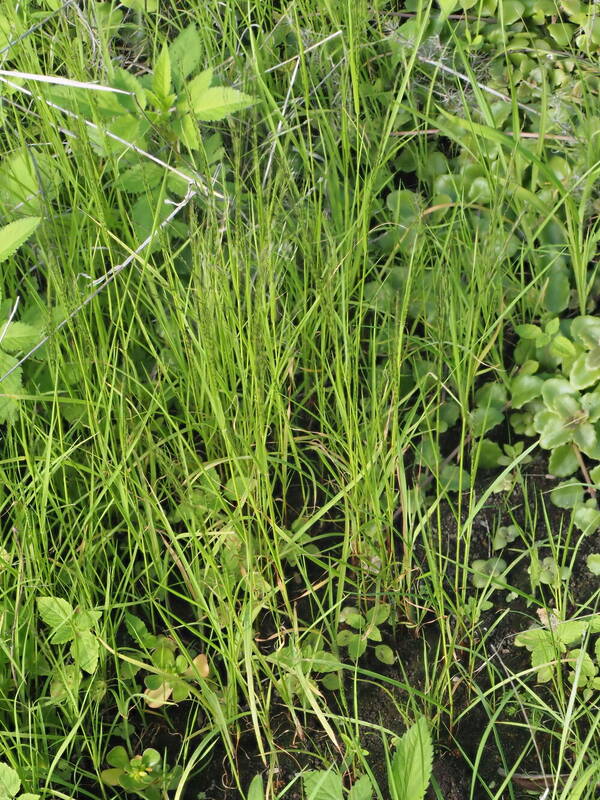
Habit
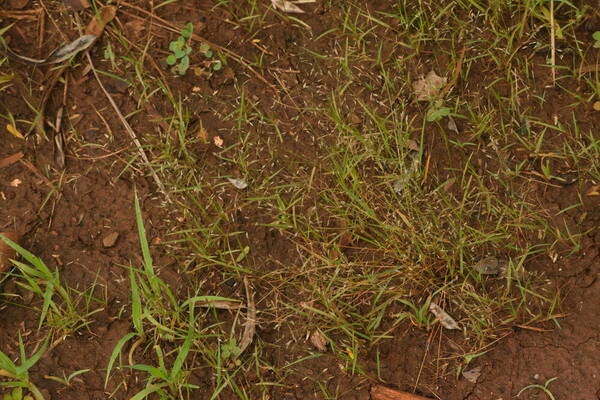
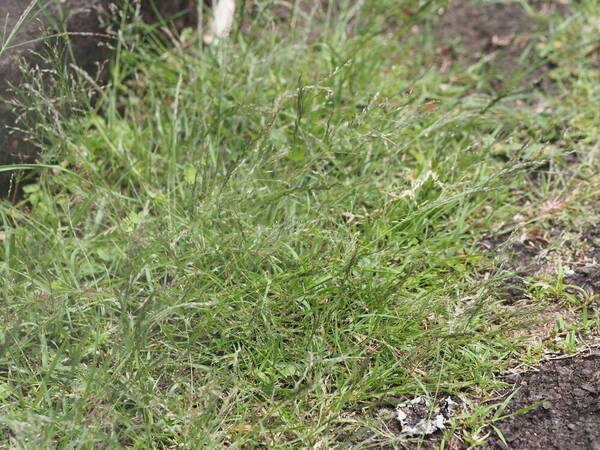
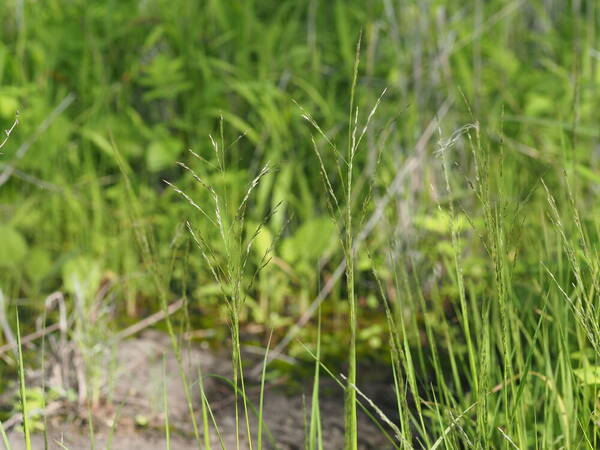
Spikelets
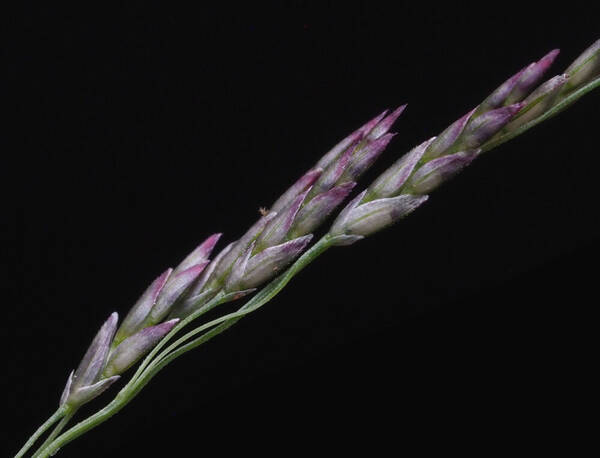
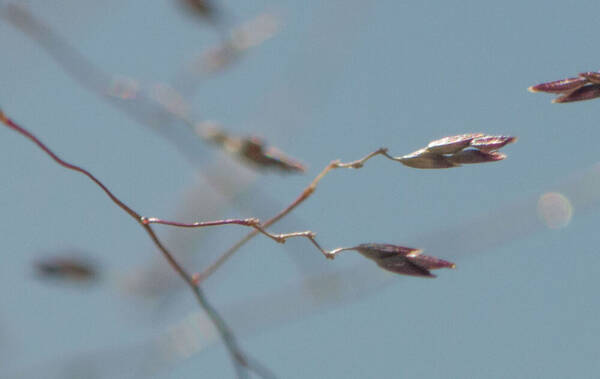
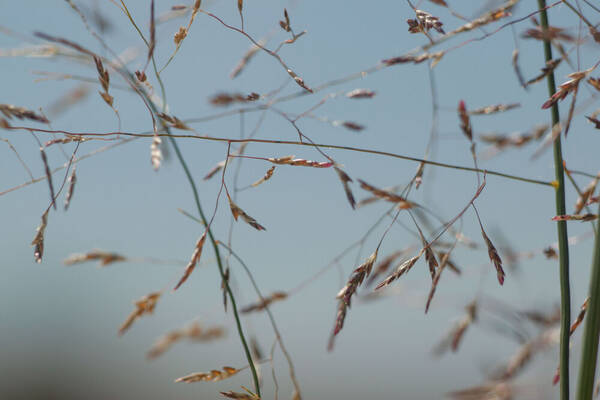
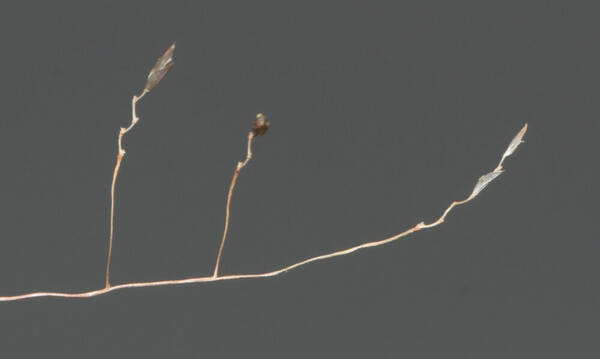
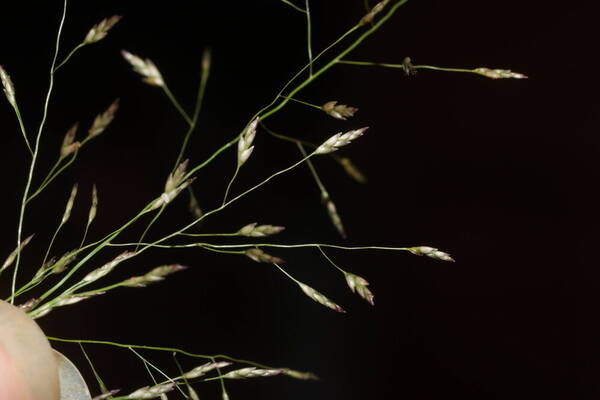
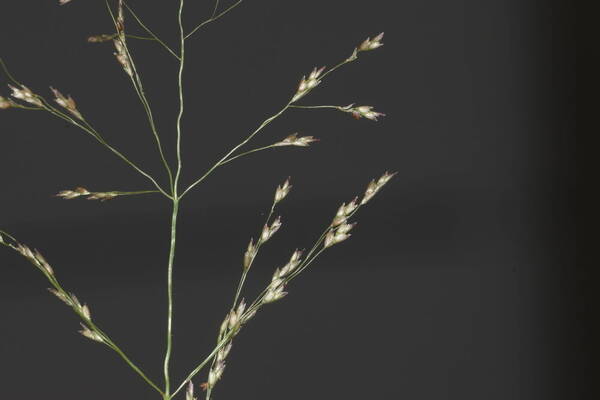
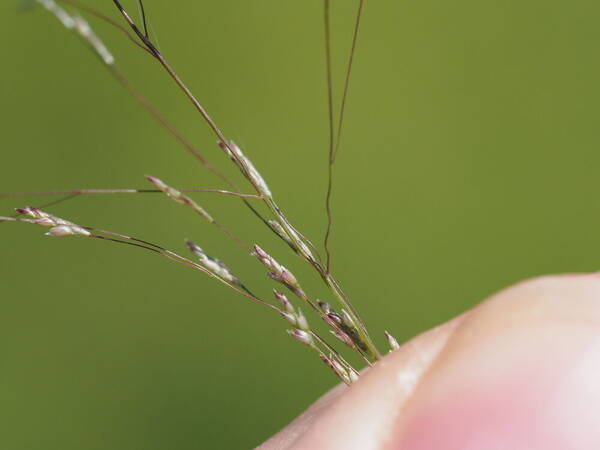
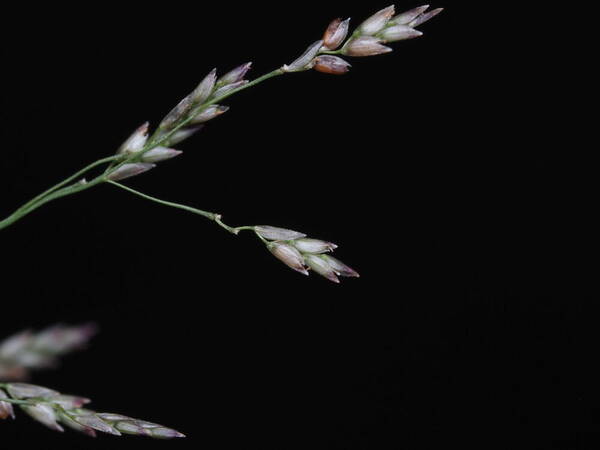
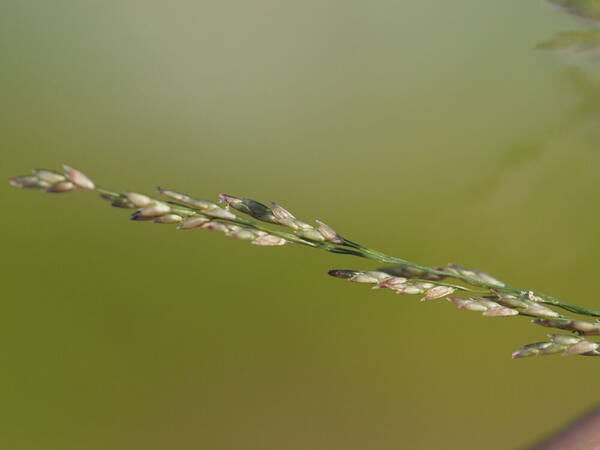
Collar
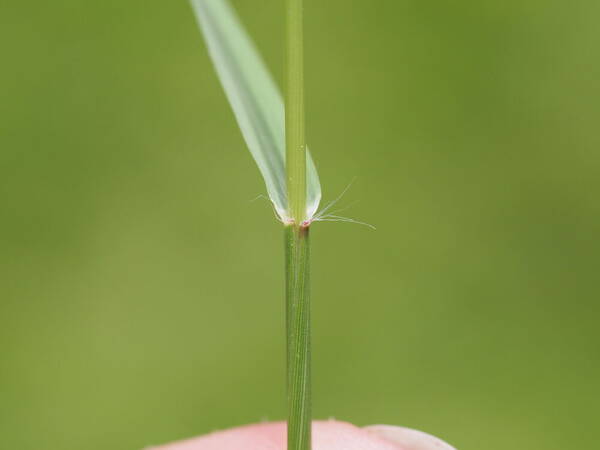
Description
Loosely tufted annual; culms 8–70 cm. high, erect or ascending. Leaf-blades flat, 2–20 cm. long, 1–4 mm. wide. Panicle elliptic to ovate, 4–25 cm. long, open, the lowest branches whorled (except in the smallest panicles) and nearly always with a few long white hairs in the axil. Spikelets 4–14-flowered, linear, 3–7 mm. long, 0.7–1.2 mm. wide, purplish green, the florets ± appressed to the rhachilla, breaking up from the base, the rhachilla persistent; glumes hyaline, unequal, the lower a narrowly ovate nerveless scale 0.5–0.7 mm. long, the upper ovate, 1 mm. long, with a single, often indistinct, nerve; lemmas broadly ovate, 1–1.6 mm. long, obtuse to subacute; palea falling soon after the lemma (usually persistent in temperate regions), the keels scaberulous; anthers 3, 0.2–0.3 mm. long. Caryopsis ellipsoid with one side straight, 0.6–1 mm. long, somewhat laterally compressed. Fig. 61/1, p. 193.
(Description source: Clayton, W.D. 1970. Flora of Tropical East Africa. Gramineae (Part 1). Crown Agents for Oversea Governments and Administrations, London. 176 pp. )
Loosely caespitose annual, culms up to 70 cm tall, erect or ascending, branched or unbranched, glabrous at the nodes, glandular or eglandular; leaf sheaths glabrous; ligule a line of hairs; leaf laminas 2–20 cm × 1–4 mm, linear, flat, glabrous, eglandular.Panicle 4–25 cm long, elliptic or ovate, open, the spikelets evenly distributed on pedicels 2–6 mm long, the lowermost primary branches in a whorl (except in smaller specimens), the remainder not so, terminating in a fertile spikelet, thinly long-pilose in the axils (especially, and sometimes only, in the whorled branches), eglandular or sometimes with scattered crateriform glands.Spikelets 3–7 × 0.7–1.2 mm, linear, lightly laterally compressed, 4–14-flowered, the florets disarticulating from below upwards, the rhachilla persistent; glumes very unequal, the inferior 0.5–0.7 mm long, reaching to c. 1/5 the way along the adjacent lemma, keeled, lanceolate in profile, glabrous, obtuse at the apex; the superior 0.7–1 mm long, reaching to c. 1/4 the way along the adjacent lemma, keeled, narrowly ovate in profile, glabrous, subacute at the apex; lemmas 1–1.6(1.8) mm long, keeled, narrowly ovate in profile, thinly membranous with distinct lateral nerves, appressed to the rhachilla but those in opposite rows scarcely imbricate and the rhachilla ± visible between them, purplish-green, glabrous, subacute to obtuse at the apex; palea deciduous soon after the lemma, glabrous on the flanks, the keels slender, wingless, scaberulous; anthers 3, 0.2–0.3 mm long.Caryopsis 0.6–1 mm long, elliptic but with one side straight, somewhat laterally compressed.
(Description source: Pope, G.V. (ed). 1999. Flora Zambesiaca. Volume 10. Part 2. Kew, London. 261 pp. )
Plants annual; tufted, without innovations. Culms 8-45(70) cm, erect or geniculate, glabrous, occasionally with a few glandular depressions. Sheaths mostly glabrous, occasionally glandular, apices hirsute, hairs to 3 mm; ligules 0.1-0.3 mm, ciliate; blades 2-15(20) cm long, 1-2.5(4) mm wide, flat, abaxial surfaces glabrous, occasionally with glandular pits along the midrib, adaxial surfaces scabridulous. Panicles 4-20(28) cm long, 2-15(18) cm wide, ellipsoid to ovoid, diffuse; primary branches 1-10 cm, diverging 10-80°(110°) from the rachises, capillary, whorled on the lowest 2 nodes, rarely glandular; pulvini glabrous or hairy; pedicels 1-10 mm, flexible, appressed or divergent. Spikelets (2)3.5-6(10) mm long, 0.6-1.4 mm wide, linear-oblong to narrowly ovate, plumbeous, with (3)5-17 florets; disarticulation acropetal, paleas tardily deciduous, rachillas persisting longer than the paleas. Glumes narrowly ovate to lanceolate, hyaline; lower glumes 0.3-0.6(0.8) mm; upper glumes 0.7-1.2(1.4) mm; lemmas 1.2-1.8(2) mm, ovate-lanceolate, membranous to hyaline, grayish-green proximally, reddish-purple distally, lateral veins inconspicuous, apices acute; paleas 1-1.6 mm, membranous to hyaline, keels scabridulous to scabrous, apices obtuse; anthers 3, 0.2-0.3 mm, purplish. Caryopses 0.5-1 mm, obovoid to prism-shaped, adaxial surfaces flat, smooth to faintly striate, light brown. 2n = 40.
(Description source: Barkworth, M.E., Capels, K.M., Long, S. & Piep, M.B. (eds.) 2003. Flora of North America, north of Mexico. Volume 25. Magnoliophyta: Commelinidae (in part): Poaceae, Part 2. Oxford University Press, New York. 783 pp. http://floranorthamerica.org/Eragrostis_pilosa )